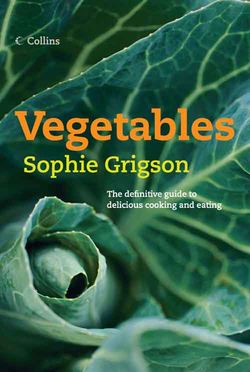Читать книгу Vegetables - Sophie Grigson, Sophie Grigson - Страница 31
Parsnips
ОглавлениеThe parsnip is an honest vegetable. No airs and graces, no pretensions to grandeur, no fancy frills and ribbons. It has a solid sunny nature, the kind that one can rely on time and time again. You can trust a parsnip – trust it to come out well, to cook up nicely, to sit comfortably alongside most winter dishes. Your parsnip doesn’t fade into the background – there’s no doubting its presence – just takes a comfortable stance amongst the other elements on a plate.
I like parsnips a lot, saving them for the colder months of the year, which in the past was the only time when you ever got them. Until recently, no parsnip was worth eating if it hadn’t been touched by a frost or two. Now we get them all year round. That’s modern varieties for you. So maybe I’m being a stick-in-the-mud when I ignore summer parsnips, invariably perfectly shaped and clean as a whistle. Although I know that you can, for instance, make a handsome salad with lightly cooked parsnips, I’m really not that interested when the sun is hot, or even tepid, in the way of so many summer days.
Parsnip is a comfort vegetable, one that rides to the rescue when the courgettes have long since swelled to marrows. Plain buttered parsnip is nice, mashed parsnip good, parsnip crisps excellent and roast parsnips totally irresistible. Frosts may no longer be crucial to the success of the parsnip, but nature has a habit of getting things right. Parsnips are definitely better adapted to cold weather, natural fodder for us humans when the cold weather sets in, but well out of kilter with the warmth of summer.
